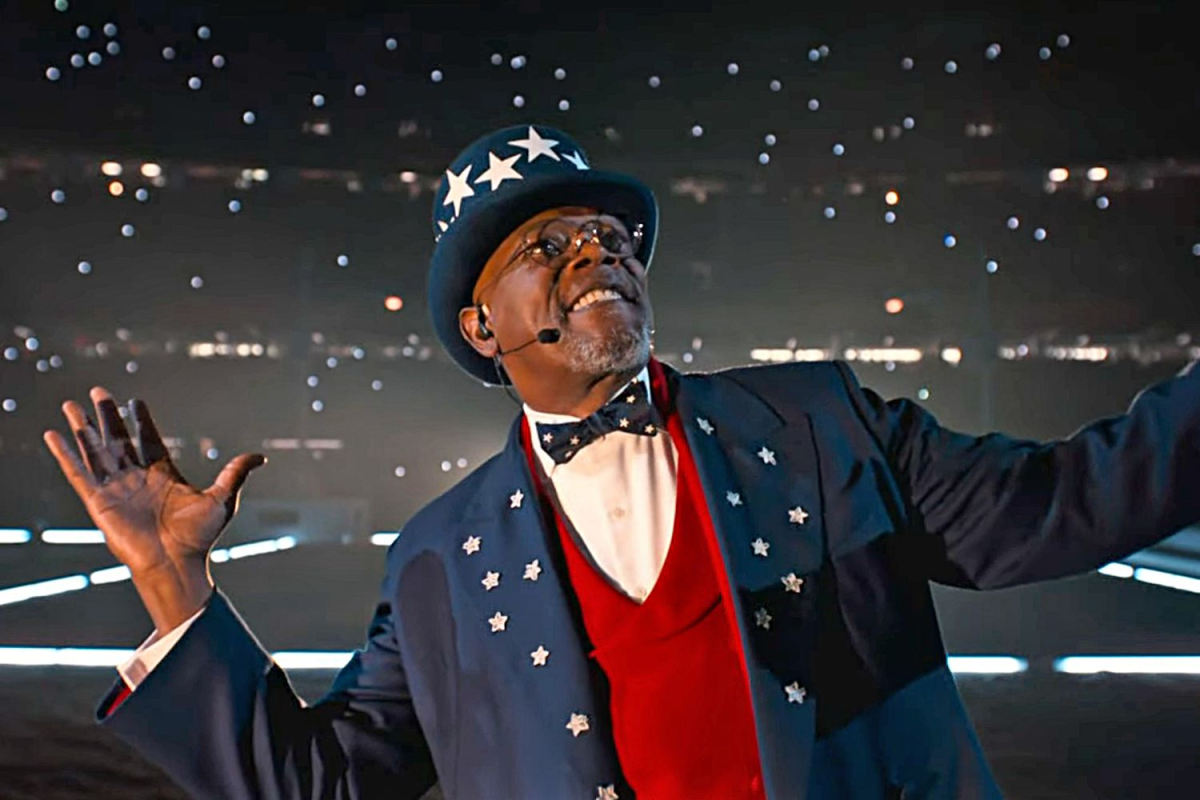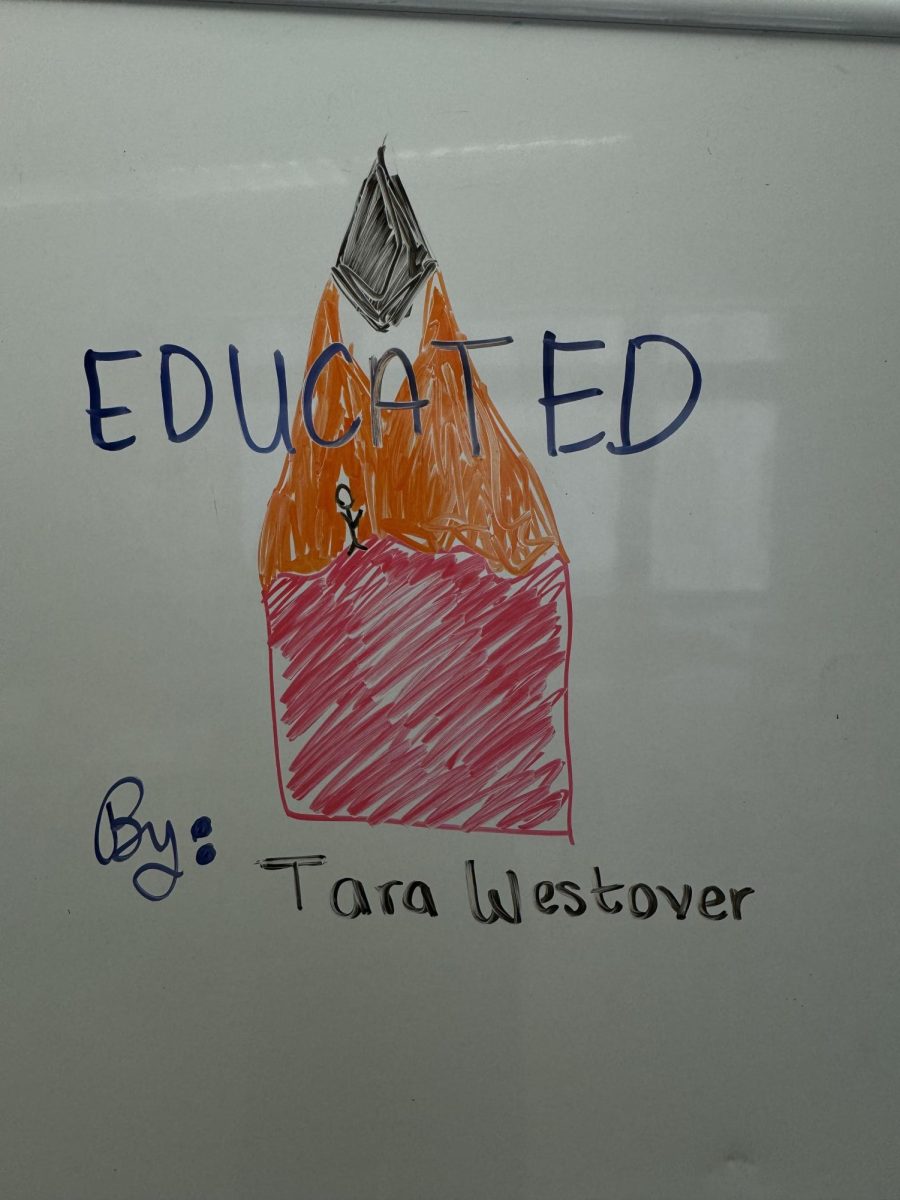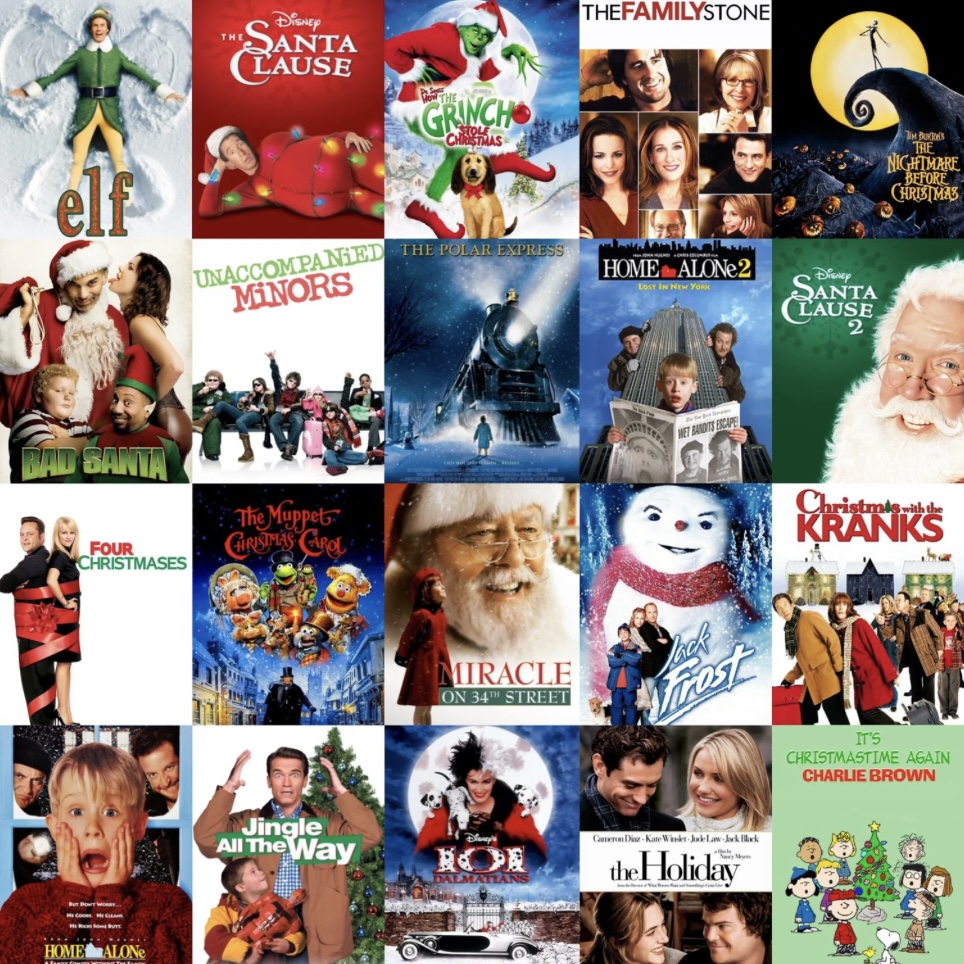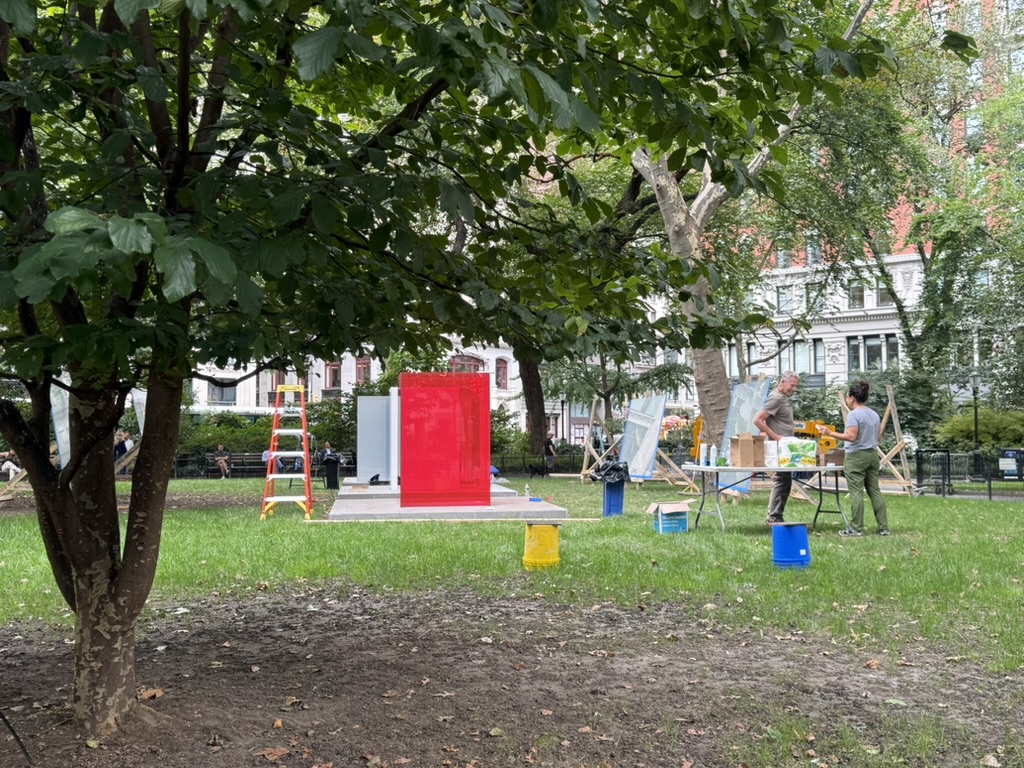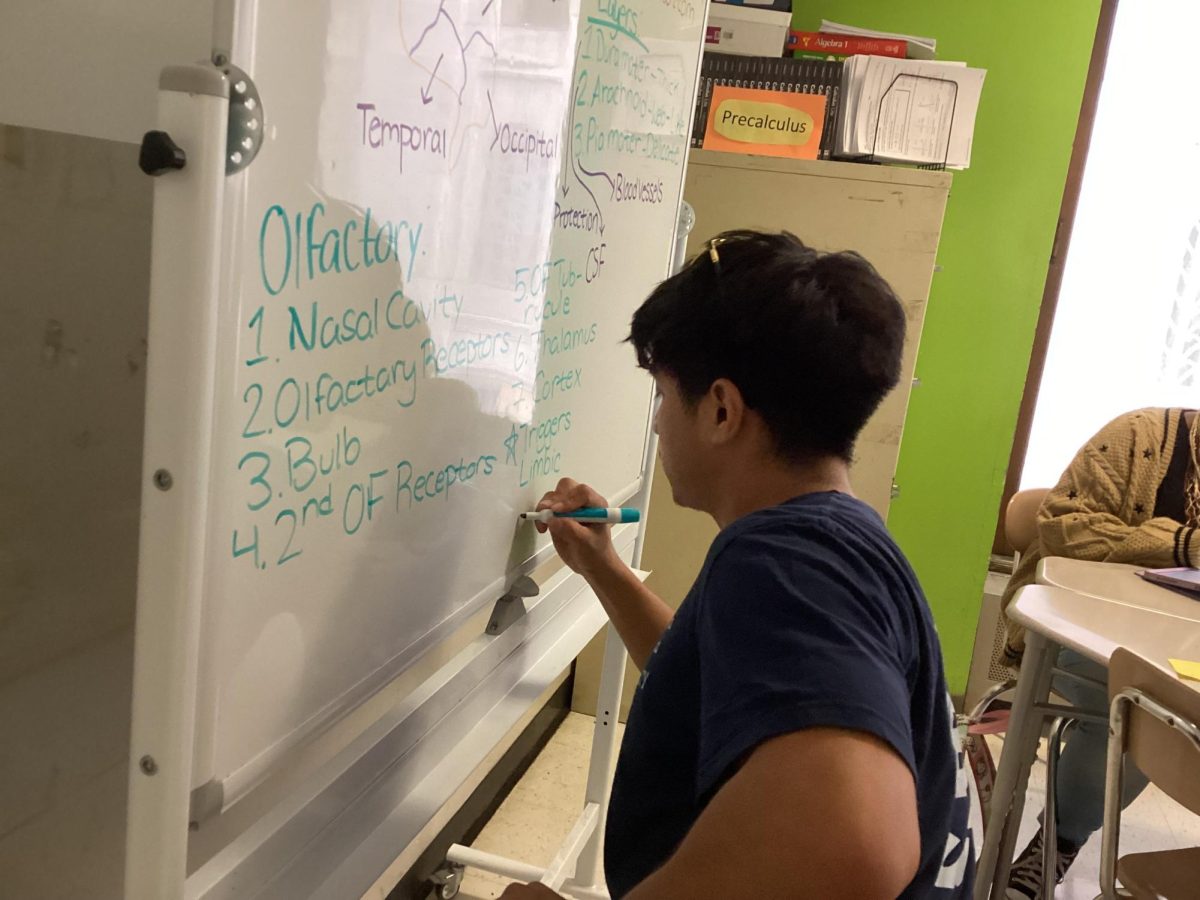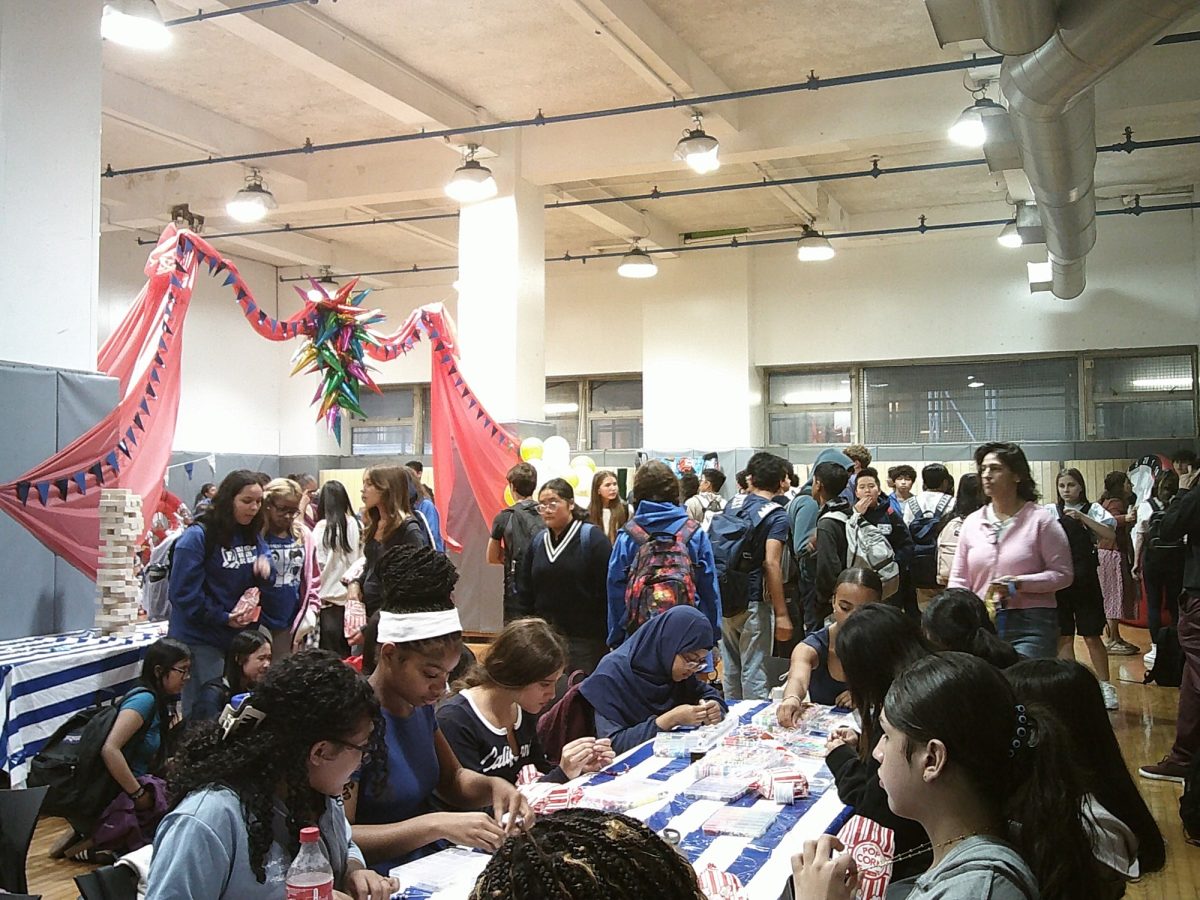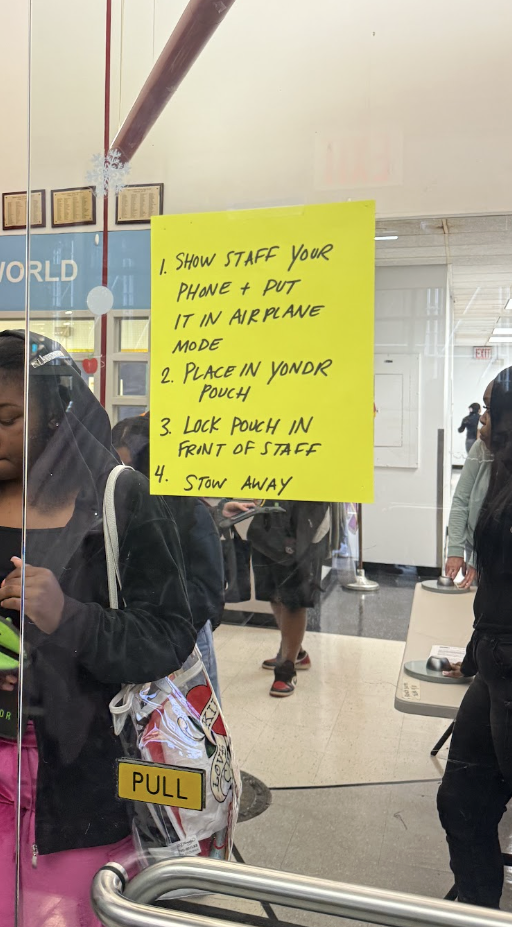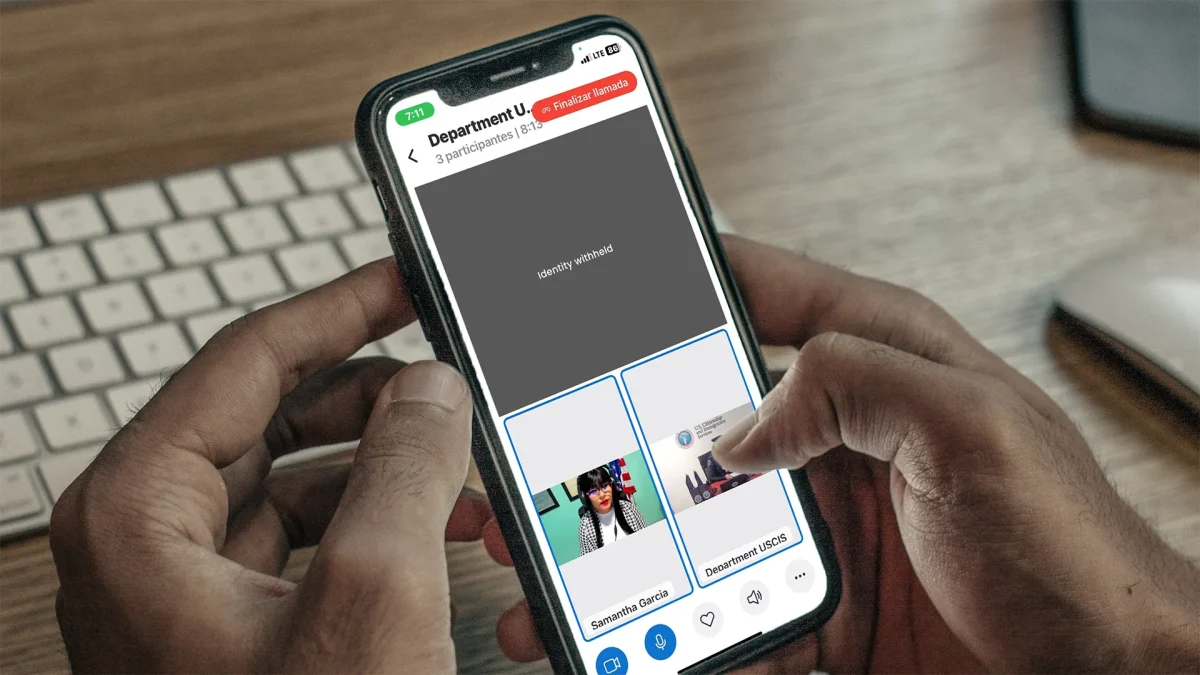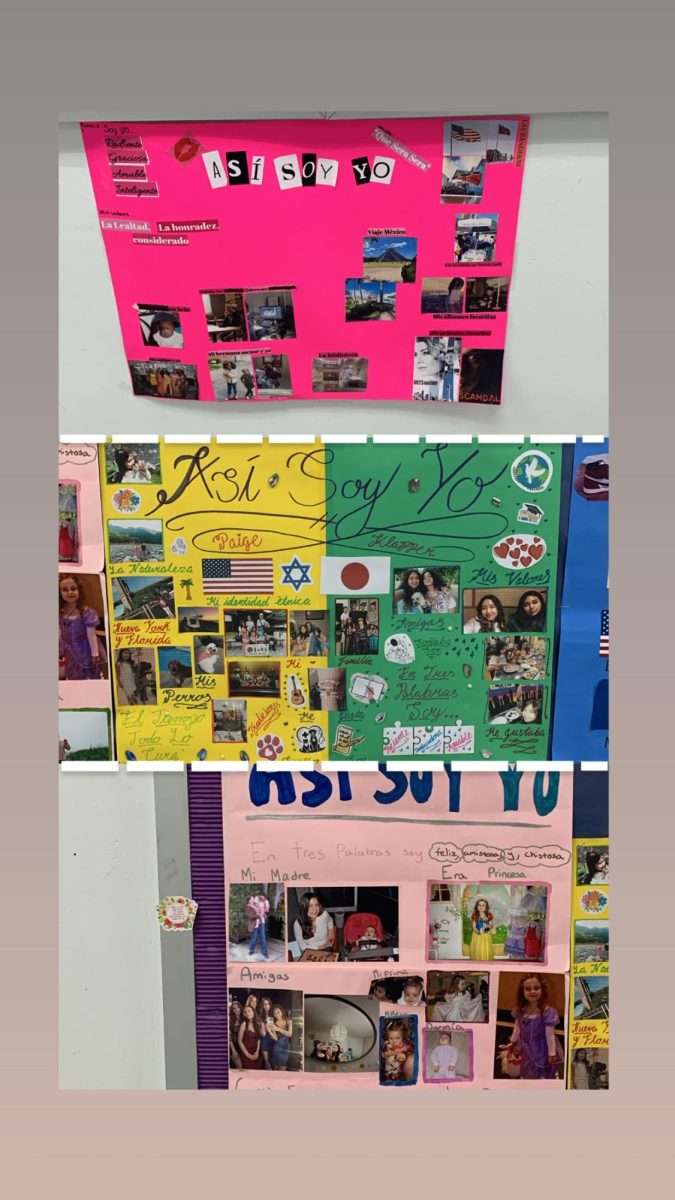Hey Baruchians, Gossip Girl here—your ultimate source into the fascinating lives of Manhattan’s elite. While the city may be buzzing with secrets, one thing has come up for sure: the drama featured in the show might not be as realistic as it seems. The real question is, what is life in the city actually like? I’m here today to bring you the newest information, so let’s uncover.
The popular show “Gossip Girl,” follows a group of privileged high school students in Manhattan’s Upper East Side, whose lives and secrets are constantly being exposed by an anonymous online blogger known as “Gossip Girl.”
The series was created by John Schartz and Stephanie Savage, and was broadcasted from Sept. 19, 2007, to Dec. 17, 2012. The show quickly gained popularity as well as an international following, and remains admirable even today. The glamour of the New York City elite teenage lifestyle is appealing to many, but some question how it compares to the actual lives of teens living in the city today.
Identity and the attempt to fit in is represented in both “Gossip Girl” and with New York City teens. Dan Humphrey, the “outsider” of the group, distinguishes himself from the other privileged characters through the pride he takes in being different. Being from Brooklyn rather than Manhattan and not fitting in with the ultra-wealthy status of the others, Dan feels that he will always be an outcast. However as he becomes involved with the glamorous world of the Upper East Side, he questions whether he should abandon his roots or embrace the allure of elite society.
In such a diverse and competitive city, many are unsure where they really belong, which is highlighted throughout the show through the countless number of characters who are going through their own journey of self discovery—and is depicted quite accurately to many. Chu Pan, a sophomore at Baruch, said, “I think the Gossip Girl friend groups are pretty realistic and really capture the dynamics of New York City’s social life.”
Furthermore, social media plays a significant role in both the world of “Gossip Girl” and the lives of real New York City teens. While the show’s primary source of media is the GG website, there are parallels between the impact that current online social networks, such as Tiktok and Instagram, have on teenagers.
“The Gossip Girl” blog is constantly broadcasting the character’s lives, allowing their every action to be judged by the public. As a result, many of the characters, such as Serena and Blair, obsess over their outward appearance. They feel that they must adapt based on how they are perceived by others to uphold a reputation. This demonstrates the real-world issue of online social validation. The ability to “go viral,” or receive likes and comments on a post can contribute to a teenager’s sense of self-worth. Many may go to extremes to develop this online perception, while also comparing their own lives to those of others.
However, a key difference is the factor of privilege, which heavily contrasts with that of real New York City teens. In the show, the characters come from extreme wealth; they live in luxury apartments on the Upper East Side, go to exclusive private schools, regularly attend high society events and parties, and embark on frequent thousand-dollar shopping sprees—in the famous words of Blair Waldorf, “Whoever said that money doesn’t buy happiness didn’t know where to shop.”
Clearly, the characters, and the show in general, is centered around life with privilege and money. Although this may be a reality for very few, the majority of teenagers in New York City do not live this lifestyle. Sophie Young, a sophomore at Baruch, stated, “It’s a little unrealistic in the way that high school students are seen wearing designer clothes—it’s definitely a show that only shows a small perspective of what living in New York City is like.” Around 80% of NYC teens attend public schools, and they deal with different social-economic challenges that are not as exaggerated or glamorous.
In addition, “Gossip Girl” was criticized for its lack of diversity. Nearly all of the main characters were white, with only a few side characters of color. In reality, New York City is one of the most diverse cities in the United States. Approximately half of the city speaks a language other than English at home, and more than 3 million New Yorkers are foreign-born. In media consumed by teens today, there has been a greater shift in representation and diversity to portray a more realistic world.
The world of Gossip Girl—glamorous, scandalous, and drama filled—might seem like the embodiment of NYC teen life. But what’s real in the teen scene? It’s more than the luxury fashion, rooftop parties, and whispered secrets. In the city that never sleeps, the quest for influence and belonging is just as fierce, and the constant online exposure makes every action appear bigger.
Nonetheless, wealth and glamour is no longer the defining characteristic for all, and NYC teens today are navigating a broader spectrum of cultures and backgrounds. But remember, whether it’s 2007 or 2025, one thing remains the same: there’s always information to uncover—and I’ll be the first to share it.
XOXO,
Gossip Girl





